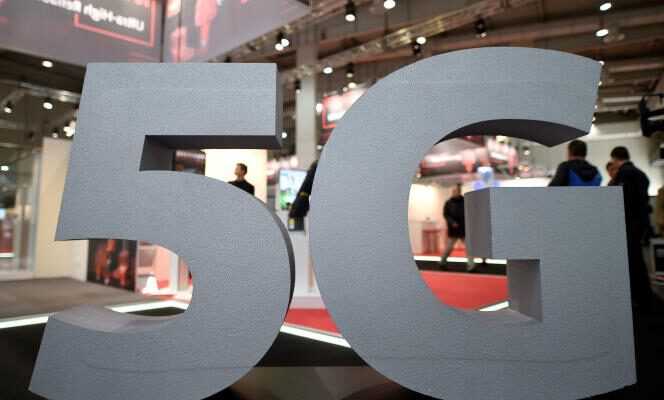5G promises a very high-speed network, but consumers only join in at a slow pace. One year after the allocation of the first frequencies to auction operators, which brought in nearly 2.8 billion euros to the State, the new generation of mobile network only represents 1% of operators’ mobile traffic.
It must be said that all the conditions for accessing 5G are not met. First, even if the deployment of 5G antennas is accelerating (their number increased from 8,000 at the end of 2020 to around 17,000 in September), the coverage is still patchy and uneven according to the operators. The Electronic Communications and Postal Regulatory Authority (Arcep) set as a goal to each operator to have deployed 10,500 5G sites in France by 2025, to be able to cover two-thirds of the population. And their networks will have to switch entirely to 5G by 2030.
Then you have to have a compatible phone. The terminals eligible for 5G are the majority in new sales, but only one in ten French consumers is already equipped (12% of Bouygues Telecom subscribers, for example). And it will take several years to renew the park. Finally, the subscriber must have an adequate package, which is not obvious. At equivalent offers, 5G costs around 5 euros more per month. Only Free has integrated it into its package at 19.99 euros at no additional cost.
Skepticism and mistrust
At this stage, operators remain discreet about their number of 5G subscribers and the benefits of this shift are long overdue for players who, however, are investing heavily: they spent 8.3 billion euros on their mobile networks in 2020, according to Arcep. “It took five years to exceed the 50% threshold of SIM cards eligible for 4G”, relativizes Liza Bellulo, general secretary of Bouygues Telecom. Orange even argues that the transition to 5G is “Faster than it had been towards the previous generation”.
“A good part of 5G antennas relate to frequencies formerly used for 4G, on the 700 megahertz band, which does not add anything more”, estimates Antoine Autier, at UFC-Que Choisir
The fact remains that this new generation still arouses skepticism and mistrust. First, because “real 5G” is too rarely present, according to specialists. “A good part of the 5G antennas relate to frequencies formerly used for 4G, on the band of 700 megahertz [MHz]. But this 5G does nothing more ” than the previous generation, believes Antoine Autier, deputy head of studies at UFC-Que Choisir. It is, according to him, on the high frequency bands, higher than 3500 MHz, that the performances become frankly better.
You have 44.09% of this article left to read. The rest is for subscribers only.
